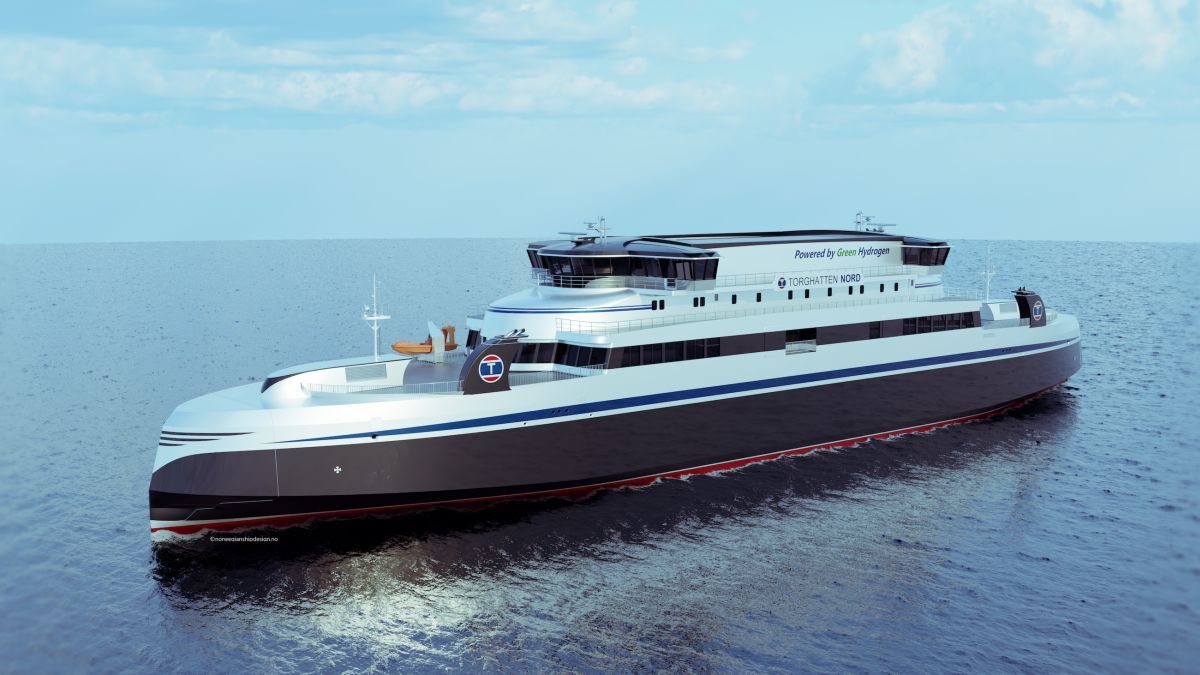Apple watch alumni and Fullers360 pave way for New Zealand’s net-zero ferry future
Auckland’s Electric Foiling Ferry Set to Transform Water Travel by 2040

New Zealand’s biggest ferry company, Fullers360, is taking a big step toward cleaner travel with the launch of a new all-electric foiling ferry. This new design is part of the company’s plan to achieve zero emissions by 2040. The first of these innovative boats, a 9-meter, 10-passenger electric ferry, will start operating in Auckland by December 2024.
This marks the beginning of a larger change in sea travel, with bigger 100-passenger electric ferries expected to launch by 2026.
What is a Foiling Ferry?
A foiling ferry uses special underwater wings, called foils, to lift the boat above the water while moving. This helps the ferry move faster, smoother, and use less energy compared to traditional boats. The new ferries from Vessev, the company behind the design, are much more efficient—three to five times more than normal boats.
These ferries not only help save fuel but also offer a comfortable ride, even on rough waters. When the ferry reaches speeds of 12 knots, the stabilizing system kicks in, making the ride smoother by reducing the boat’s pitching and rolling motion.
Damen Group’s innovative all-electric tug Sparky nominated for the Ship of the Year Award
Cutting-Edge Technology in Action
Vessev’s new VS-9 electric foiling ferry was designed, built, and tested within just 18 months. The first orders for these ferries are already coming in, with 12 scheduled to be built by 2025. Each ferry will have a speed of 25 knots (46 km/h) and a range of 50 nautical miles on a single charge.
According to Vessev’s CEO Eric Laakmann, who previously worked on the Apple Watch, this technology will open new travel routes that were not practical with older ferries. He believes that foiling ferries will be key in helping the maritime industry adopt zero-emission technology.
A Cleaner Future for Auckland
Mike Horne, the CEO of Fullers360, is excited about the new technology. “By 2040, our goal is to have a fleet that runs entirely on electric or hydrogen power,” he said. The launch of the VS-9 is the first step toward this vision.
Currently, Fullers360 operates ferries across Waitemata Harbour and the Hauraki Gulf, connecting Auckland’s city center with popular spots like Devonport. The company moves millions of people each year—over one million on the Devonport route alone—for both tourism and commuting. Horne believes the VS-9 will be the first fully electric ferry in Auckland, setting a new standard for the entire industry.
Unique Features of the VS-9 Ferry
The VS-9’s foils are fully retractable, allowing the ferry to operate even in shallow waters and making it easy to transport on a trailer. Its design is inspired by the high-performance technology used in America’s Cup yachts, giving it excellent stability and performance.
This ability to fully retract the foils makes the VS-9 stand out. According to Laakmann, this feature is rare in commercial vessels and adds to the ferry’s efficiency and flexibility, making it perfect for use in high winds and bigger seas.
A Greener Global Impact
With the success of the VS-9, Fullers360 and NetZero Maritime plan to expand this technology worldwide. Electric foiling ferries could soon become common, as more companies and eco-friendly resorts show interest in adopting this technology. Water taxi services and private boaters are also exploring how they can use the VS-9 for their operations.
Conclusion
The launch of Auckland’s first electric foiling ferry is a major step toward zero-emission sea travel. As more of these ferries enter service, they will reduce operating costs and carbon emissions, helping New Zealand become a leader in sustainable maritime transport.
By 2026, bigger electric ferries will be able to carry 100 passengers, further supporting Auckland’s tourism and commuter needs. With Fullers360’s bold vision, zero-emission travel by 2040 is becoming a reality.
